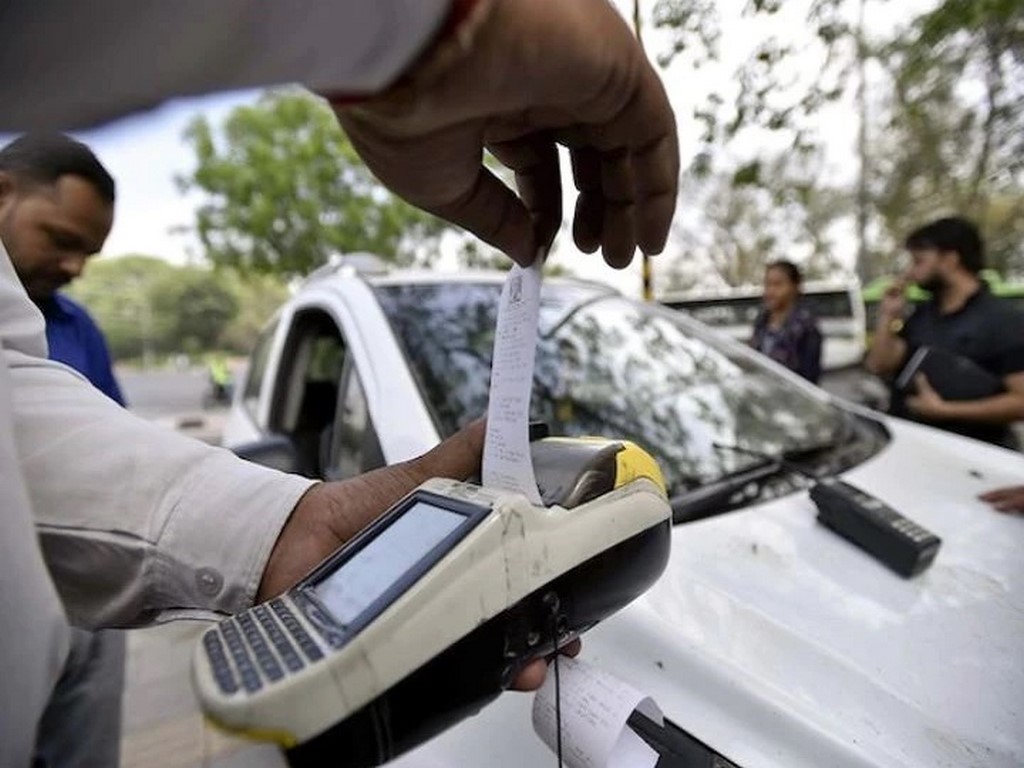
To curb reckless driving, Delhi LG proposes link between fines and insurance premium
In an effort to enhance road safety and encourage responsible driving, Delhi Lieutenant Governor V K Saxena has proposed a new policy linking vehicle insurance premiums to traffic violations. In a letter to Union Finance Minister Nirmala Sitharaman, Saxena suggested that insurance premiums should reflect an individual’s driving behaviour, with higher rates for those with a record of traffic offences such as speeding and red-light violations. The initiative aims to act as a financial deterrent for reckless driving across the country.
A Tiered Insurance Model for Safer Roads
The proposed system would introduce a tiered premium structure, where drivers with a clean record would benefit from lower insurance costs, while those with multiple traffic violations would face higher premiums. This approach, Saxena believes, could promote safer driving habits by financially incentivising responsible behaviour behind the wheel.
The LG pointed to similar systems in countries like the United States and parts of Europe, where insurance premiums are tied to driving habits. These models have reportedly resulted in improved road safety and a reduction in accident rates.
Data-Driven Justification
Saxena’s proposal was backed by statistics from the Ministry of Road Transport and Highways (MoRTH). In 2022, India recorded over 4,37,000 road accidents, resulting in approximately 1,55,000 fatalities. Over-speeding was a key factor, accounting for 70% of the accidents. Citing a World Bank study, Saxena noted that vehicles with multiple traffic violations were 40% more likely to be involved in fatal accidents compared to those with a clean driving record.
Further supporting his case, the LG referenced a 2023 report from the Delhi Traffic Police. The report found that 60% of fatal accidents in the capital involved vehicles with a history of traffic violations, particularly over-speeding and red-light jumping. Vehicles with more than three traffic violations in a single year were especially prone to severe accidents.
Aligning Insurance Costs with Risk
The policy, Saxena argued, would not only encourage safer driving but also align insurance costs with the actual risk posed by individual motorists. This could ease the financial burden on insurance companies caused by frequent claims from high-risk drivers. Additionally, Saxena emphasised that linking premiums to driving behaviour would bring India closer to international best practices in road safety.
Potential Challenges and Considerations
While the proposal has the potential to promote safer roads, it may face practical challenges in its implementation. Establishing a system that accurately tracks and records traffic violations across all regions and ensuring that this data is effectively shared with insurance companies, would require robust infrastructure. Additionally, concerns could arise regarding the fairness of the policy, as some might argue that higher premiums could disproportionately affect drivers who are fined for minor or infrequent offences.
Next Steps
To advance this initiative, Saxena urged the Finance Ministry to collaborate with the Insurance Regulatory and Development Authority of India (IRDAI) to create a framework for index-linked insurance premiums. If adopted, this policy could mark a significant shift in how India approaches road safety, potentially reducing accidents and saving lives.
As the proposal is reviewed, it remains to be seen how the government and insurance bodies will respond to the recommendation and whether it will garner support from various stakeholders, including motorists, insurers and road safety advocates.
This policy could represent a critical step toward a safer, more sustainable transportation system in India, aligning with global trends and potentially setting a new standard for road safety in the country.





